Why Does Lithium React with Water?
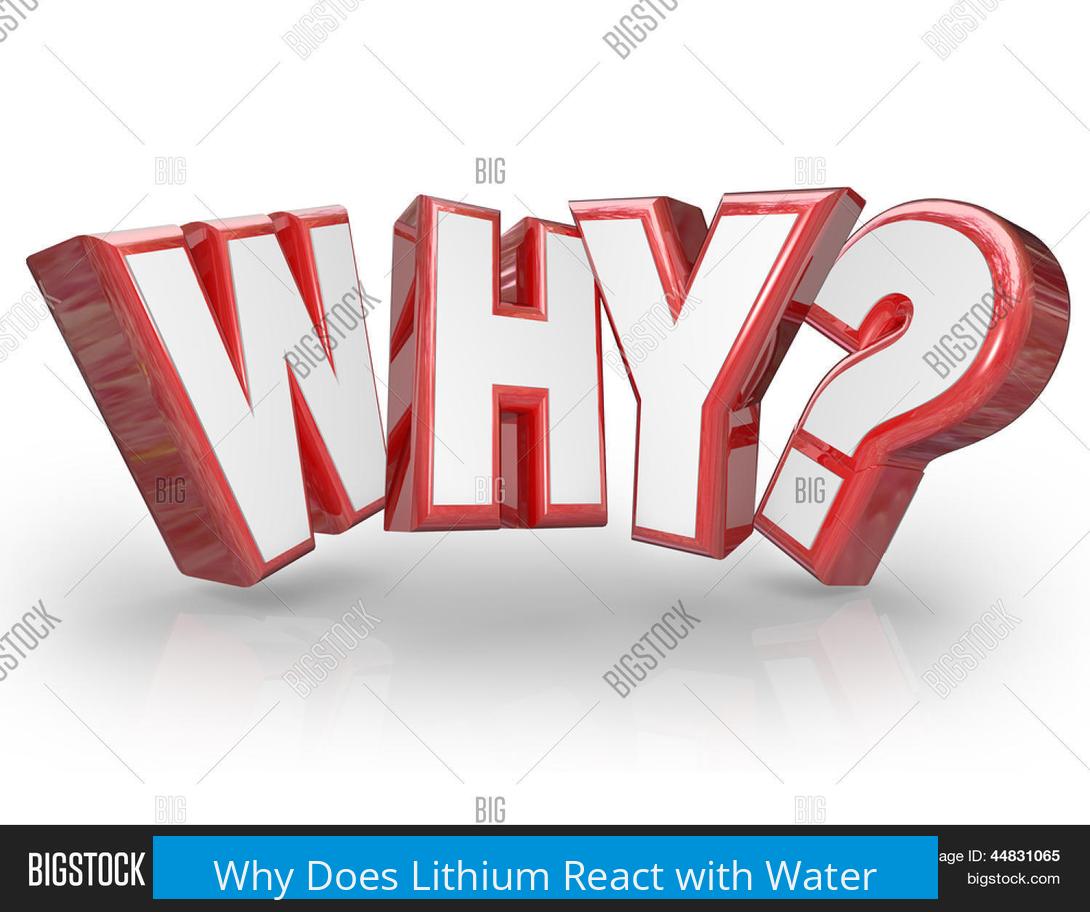
Lithium reacts with water because it is a highly reactive metal that loses electrons readily, initiating a redox reaction that produces hydrogen gas and lithium hydroxide ions. Unlike the lithium ion (Li+), which is stable in water, lithium metal (Li) has one loosely held electron. This electron easily transfers to water molecules, causing the reaction.
Metallic Nature of Lithium
Lithium is an alkali metal with one valence electron. It prefers to lose this electron to achieve a stable electronic configuration, similar to the noble gases. This tendency makes lithium metal reactive, especially with water.
Redox Reaction Mechanism
- When lithium contacts water, it donates electrons:
- 2Li (metal) + 2H2O → 2Li+ + 2OH- + H2 (gas)
- Lithium is oxidized from Li (0) to Li+.
- Water is reduced, generating hydroxide ions (OH-) and releasing hydrogen gas (H2).
This contradicts acid-base reactions since electrons transfer (oxidation-reduction) rather than proton exchange.
Stability of Lithium Ion in Water
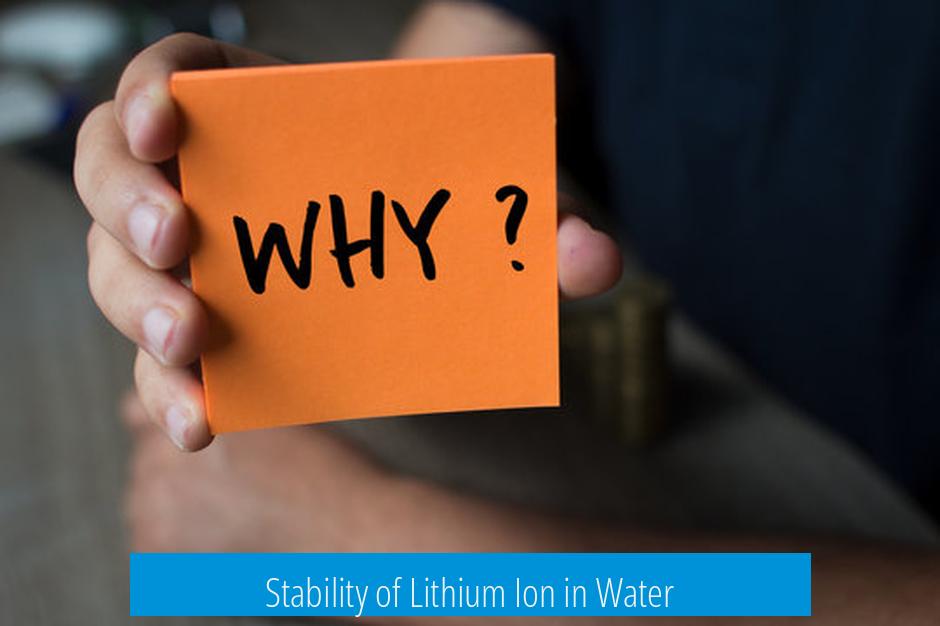
Once lithium loses its electron, it forms Li+. This ion is stable and does not react further with water or hydronium ions. It does not form lithium hydride (LiH) or lithium hydroxide (LiOH) as distinct molecules; rather, LiOH exists only as dissociated Li+ and OH- ions in solution.
Energy and Reaction Characteristics
The reaction is exothermic, meaning it releases energy, which can sometimes be visible as heat or even sparks. The amphoteric nature of water allows it to participate in this redox process, accommodating electron transfer easily while generating hydroxide ions, making the environment basic.
Summary Table of Key Points
| Aspect | Detail |
|---|---|
| Lithium state | Metallic with loosely held valence electron |
| Type of reaction | Redox (oxidation-reduction) |
| Products formed | Hydrogen gas (H2) and hydroxide ions (OH-) |
| Ion behavior | Li+ is stable, non-reactive with water |
| Energy change | Exothermic reaction |
- Lithium reacts with water due to its electron-donating metallic nature.
- The reaction is a redox process, not acid-base.
- Hydrogen gas and hydroxide ions form as products.
- The resulting Li+ is stable and does not further react with water.
- Reaction releases heat, indicating an exothermic process.
Why Does Lithium React With Water? Unpacking the Spark, the Fizz, and the Science
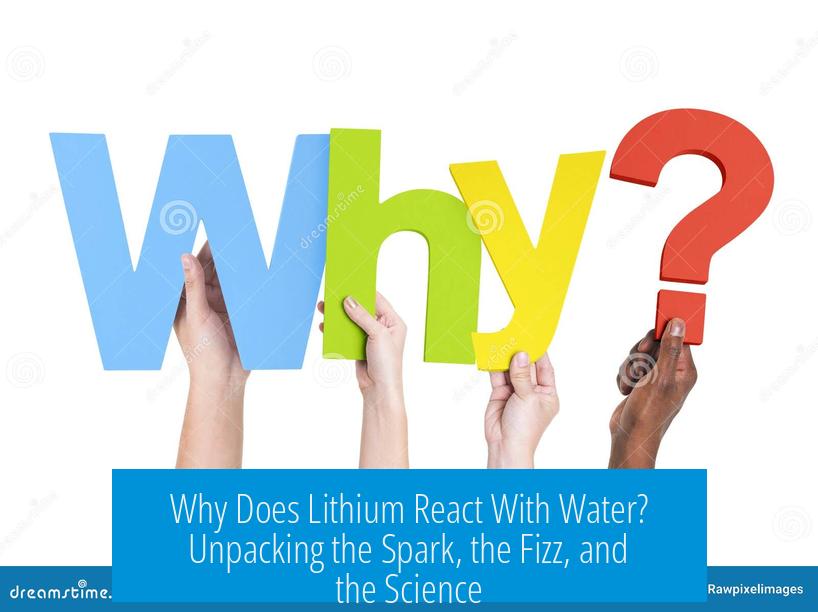
Let’s get right to it: Lithium metal reacts with water because it undergoes a redox reaction where lithium loses electrons and water is reduced, producing hydrogen gas and hydroxide ions. No acid-base drama here—just good old-fashioned electron swapping that gets a bit bubbly and energetic.
Now, if you’ve ever dropped a piece of lithium into water, you might have noticed it fizzing and sometimes even darting around the surface with a tiny flame or spark. But what’s really going on beneath the surface? Let’s deep dive into this reaction, understand the roles lithium and water play, and why lithium ions behave so differently.
Lithium Metal—Not Your Everyday Metal
Lithium is a lightweight metal with a knack for losing a single electron easily. It’s the first element in the alkali metals group, which means it’s a pro at giving up that electron. When lithium (Li) meets water (H2O), it can’t resist the chance to get rid of that electron and transform into a lithium ion (Li+).
But here’s a critical point: Li+ is NOT the troublemaker. It’s already stable. It has reached its happy, low-energy state by shedding the electron. Lithium metal, on the other hand, is quite reactive because it *wants* to lose that electron—so it reacts, big time. Simple? Yep!
The Reaction is Redox, Not Acid-Base: Why This Matters
One confusion many have is calling this reaction an acid-base event. Nope, it’s a redox reaction, or oxidation-reduction, where electrons move from lithium to water molecules. Lithium gets oxidized (loses electrons), and water is reduced (gains electrons), leading to the formation of hydrogen gas (H2) and hydroxide ions (OH-).
The real chemical magic equation looks like this:
2Li + 2H2O → 2Li+ + 2OH- + H2
What this means in plain English: lithium metal reacts with water, releases hydrogen gas (which you may hear fizzing or popping), and forms hydroxide ions that make the solution basic.
Lithium Ion—The Calm After The Reaction Storm

Once lithium has done its electron-sharing deed and turned into Li+, it chills out. It doesn’t react further with water or hydronium ions (H3O+) to create fancy compounds like lithium hydride or solid lithium hydroxide. It’s stable and content, kiddingly lounging in the solution.
This is why lithium ions don’t kick up much fuss in water. They’re content just being ions, unlike their reactive metal counterpart.
So, Is Lithium an Acid? Not Exactly.
Since this reaction shows lithium metal losing electrons, it might be tempting to call it an acid. But lithium itself is a metal, not an acid. The term “acid” fits better with Li+ acting as the conjugate acid of lithium hydroxide (LiOH). But wait, even LiOH is a bit of a trickster.
You see, lithium hydroxide doesn’t really exist as an individual molecule in water. Instead, it just dissociates fully into lithium ions and hydroxide ions. These ions float around independently, doing their own thing without forming a standard molecule. For example, dumping KCl (potassium chloride) into a LiOH solution barely changes anything in the acid-base balance. That’s because Li+ and K+ don’t meddle much with the acid-base chemistry happening in water.
What Really Powers This Reaction? Energy and Electron Transfer
The lithium-water interaction releases energy, making the reaction exothermic. This energy release explains the fizz and sometimes heat you observe. Water itself is amphoteric—it can act as an acid or a base depending on the scenario. But here, water is getting reduced as lithium is oxidized. The reaction prefers this path because it’s energetically favorable; nature loves its shortcuts.
Ever wonder why lithium doesn’t quite react violently like its heavier cousins, sodium or potassium? Because lithium sits on that borderline: reactive but a bit more controlled. Its electrons are held just a little tighter than sodium’s, making its reaction with water slower and less dramatic but still noticeable.
Why Care About This Reaction?

Aside from impressing your friends at chemistry demos, understanding lithium’s reaction with water offers practical insights. Lithium batteries, for example, rely on lithium’s ability to transfer electrons efficiently without reacting uncontrollably with moisture inside the battery. Too much uncontrolled reaction means a disaster, but controlled redox reactions inside batteries power everything from your phone to electric cars.
Also, the knowledge helps in handling lithium safely. Since it reacts quickly with water, storing lithium metal requires keeping it dry in oil or inert atmospheres to prevent accidental reactions.
A Quick Recap
- Lithium metal reacts with water through a redox reaction. It loses electrons and forms Li+.
- Water gets reduced, producing hydrogen gas and hydroxide ions. That’s the fizz and chemical change you see.
- Li+ ions are stable and don’t react further with water or hydronium ions.
- This is not an acid-base reaction, and lithium metal cannot be considered an acid.
- Lithium hydroxide doesn’t exist as a molecule in solution, just as separated Li+ and OH- ions.
- The reaction releases energy, making it exothermic and energetically favorable.
So next time you encounter lithium and water, you’ll know: it’s all about lithium’s urge to give up electrons, water’s role as an electron acceptor, and the fascinating dance of ions and gases that follows. Chemistry with a little spark, quite literally!
Why does lithium metal react with water but lithium ions do not?
Lithium metal loses electrons easily, making it reactive with water. Lithium ions (Li⁺) are already stable and do not react further with water. The metal’s metallic nature causes the reaction.
What type of chemical reaction occurs when lithium reacts with water?
The reaction is a redox (oxidation-reduction) process. Lithium metal gives up electrons, and water is reduced, producing hydrogen gas and hydroxide ions.
What are the products formed when lithium reacts with water?
Hydrogen gas (H₂), lithium ions (Li⁺), and hydroxide ions (OH⁻) are formed. The reaction can be written as 2Li + 2H₂O → H₂ + 2Li⁺ + 2OH⁻.
Why is lithium hydroxide (LiOH) not considered a true molecule in solution?
LiOH exists as separate lithium and hydroxide ions in solution, not as a distinct molecule. These ions do not strongly affect acid-base equilibria.
Is lithium metal acting as an acid during its reaction with water?
No, lithium metal is not an acid. The reaction involves electron transfer, not acid-base chemistry. Lithium ions act as the conjugate acid only relative to LiOH, not the metal itself.


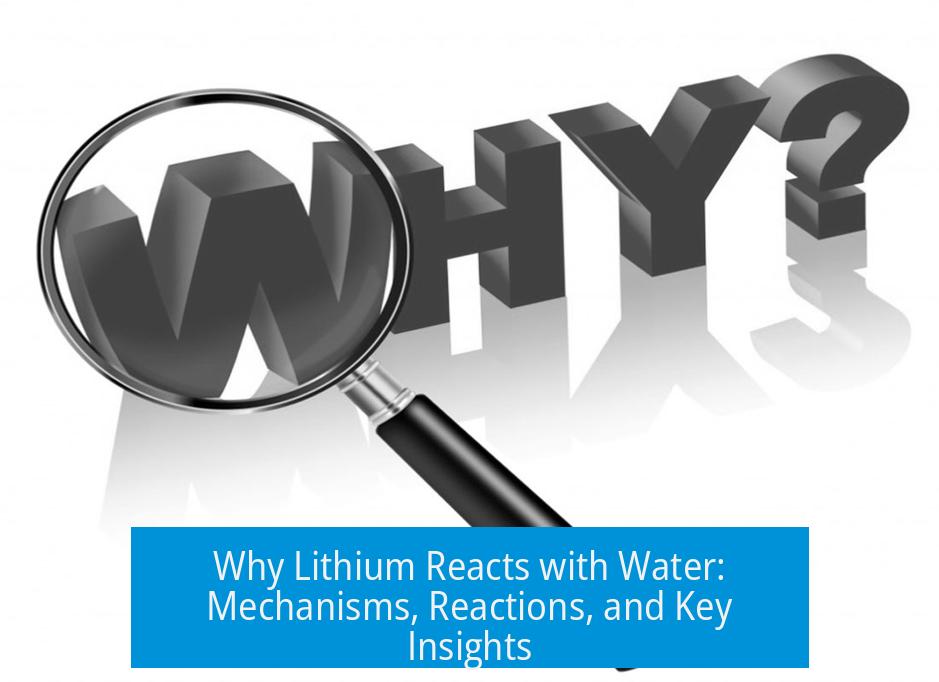
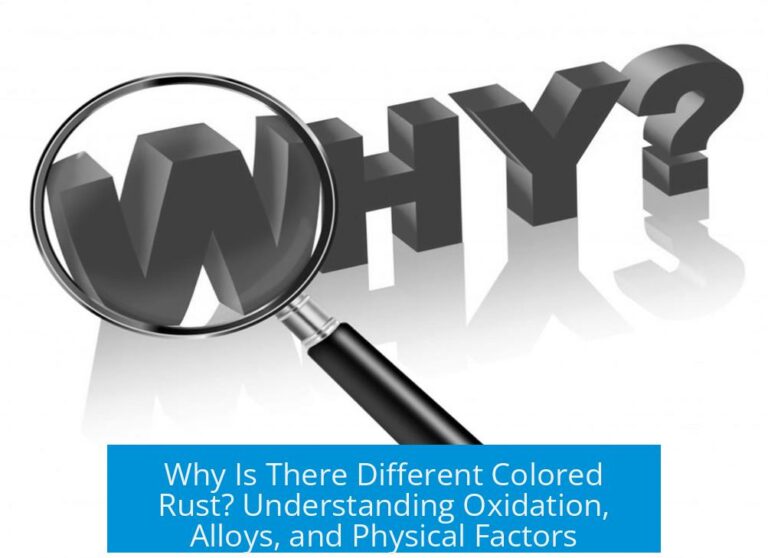
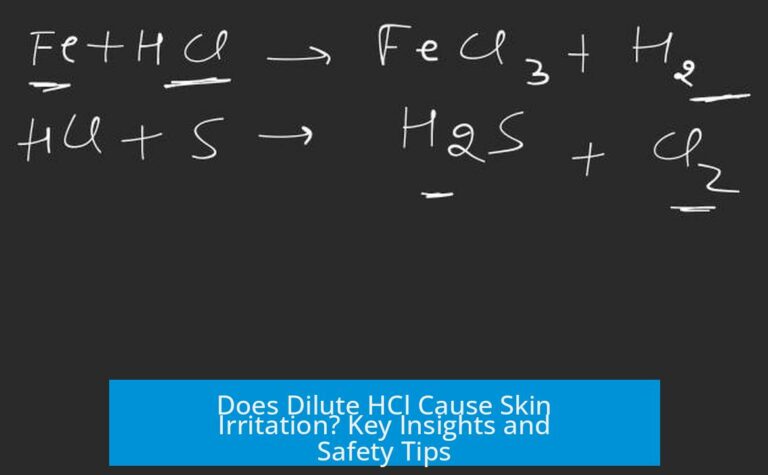
Leave a Comment